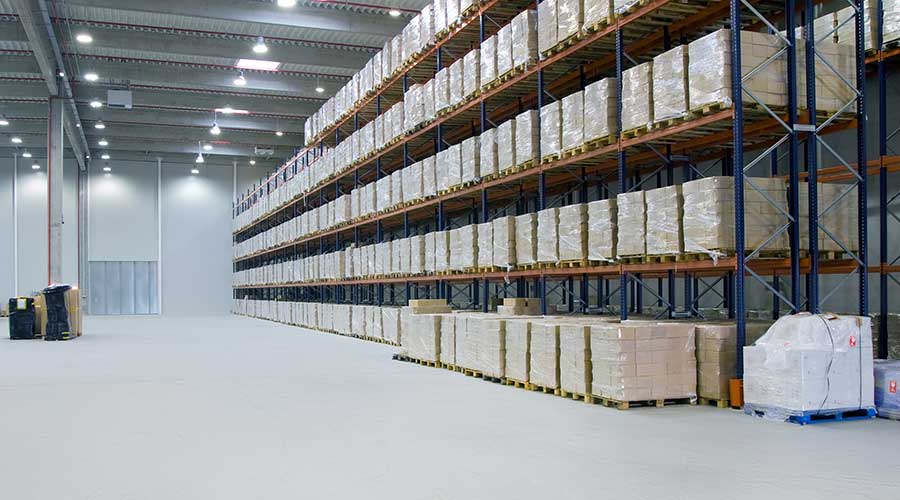
Excellent market size, growth, and forecasts are reasons why there seem to be a plethora of opportunities in this space.
In September 2020, the Ministry of Agriculture & Farmers Welfare under the Government of India released a statement about the country’s cold storage capacity and infrastructure. As per the press release, there are 8186 cold storages with a capacity of 374.25 Lakh MT available in the country for storing perishable horticulture produce like fruits and vegetables. A vast majority of these cold storages are owned by private players. To meet the needs of the future, the Government implemented schemes like MIDH (Mission for Integrated Development of Horticulture) and PMKSY (Pradhan Mantri Kisan SAMPADA Yojana) under which financial assistance will be provided for setting up of cold storages throughout the country to bridge the gap between the availability of resources and required cold storage capacity. According to the Government annexure on the State-wise distribution of Cold Storages as of 2020, the northeastern states noticeably had the lowest number of storage units and capacity. This may be because of the fact that 68 percent of India’s cold storage capacity is being used for storing potatoes, while 30 percent is being taken up by other multi-commodity cold storage like meat, seafood, dairy products, fruits & vegetables, and pharmaceuticals.
Popular news media, Business Standard predicts that in the next 4-5 years; Rs 21,000 crore will be invested in setting up or upgrading cold storages to address the problem of stockpiling of perishable commodities. This projection was backed by Crisil Research.
There is an urgent need to upgrade and develop India’s existing cold storage infrastructure. Business Standard also mentioned the under-developed food processing value chain that is another issue that needed to be resolved.
According to a report by BusinessWire; "The frozen foods market in India was valued at INR 85.27 billion in 2019 and is expected to reach INR 192.96 billion by 2024, expanding at a compound annual growth rate (CAGR) of ~17.74% during the 2019-2024 period." The market value of the Indian frozen foods market was at 74 billion in 2018 (~15% growth) and had reached a value of INR 105.6 Billion in 2020. (A shocking 23 percent growth from 2019, which can be attributed to changing consumer behavior during the pandemic) Even the regulations on imported foods have eased and India’s supply chain and logistics are slowly improving. Consumer spending on frozen food products has been creating fresh demand in the market.
The same article by Business Standard, which was published in 2019, stated that Crisil Research expected the cold storage industry to grow at 13-15% over fiscals 2019-23, mainly driven by rising demand for processed food, fresh fruits & vegetables, seafood and bio-pharmaceuticals in exports markets. Following the black swan event, the country is aiming to be the top exporter of pharmaceuticals in India and the demand for frozen and processed food as discussed above has been rising rapidly. This means that there is a potential need for India's cold storage infrastructure to upgrade in terms of capacity, technology, and machinery as growth in the sectors that require cold storages are looking bright on the growth rate.
POSTED BY
Team 13SQFT